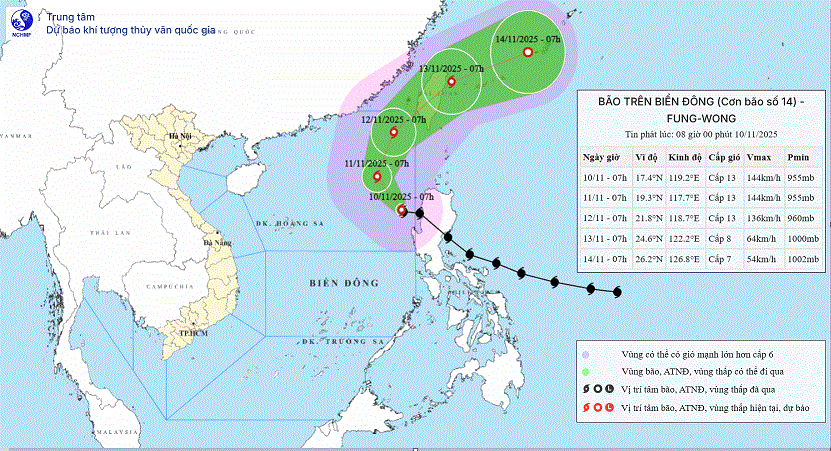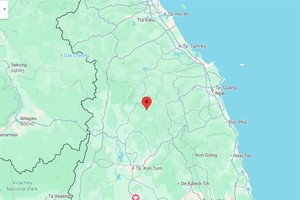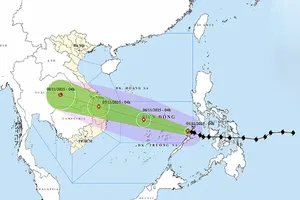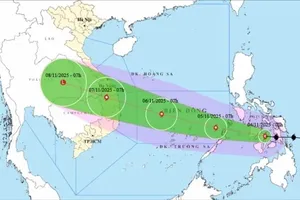Early this morning, November 17, the National Center for Hydro-Meteorological Forecasting warned that the cold-air mass is continuing to shift southward. From late afternoon to tonight, this system will begin affecting the Northeastern and North-Central region, then spread to the Northwestern region, mid-Central region and parts of the South-Central region.
As a result, from the nighttime of November 17, the Northern region will turn cold; mountainous areas will experience severe cold, and high mountainous areas may see extreme cold, with widespread temperatures of 12–15 degrees Celsius in midland and lowland areas, 9–12 degrees Celsius in mountainous areas, and below 8 degrees Celsius in high mountains.
According to meteorologists, the intensity of this cold front is much stronger than earlier forecasts. Hanoi will be very cold on November 18, with temperatures possibly dropping to 13–15 degrees Celsius.
Torrential rainfall has occurred from last night, November 16, through early this morning, November 17, across Ha Tinh Province to Da Nang City, eastern Quang Ngai to Dak Lak, Khanh Hoa and Lam Dong provinces.
As the cold front continues to strengthen and move deep into the South, it will cause further heavy rainfall across the Central region.

The National Center for Hydro-Meteorological Forecasting warns that from the morning of November 17 until the end of the night on November 18, areas from Quang Tri to Da Nang, along with eastern Quang Ngai and Gia Lai provinces, will continue to experience very heavy rain, with widespread totals of 200–450 mm and some areas exceeding 700 mm; Ha Tinh, eastern Dak Lak, and Khanh Hoa provinces will see 100–300 mm, with some places receiving over 400 mm; and western Quang Ngai to Dak Lak and Lam Dong provinces will see 50–100 mm, with some areas exceeding 200 mm.
Throughout November 17, the Southern region is forecast to experience moderate rain and thunderstorms, with localized heavy to very heavy rain.
Due to prolonged heavy rainfall, water levels on rivers in Hue City are rising rapidly. On the morning of November 17, the water level of the Huong River at Kim Long exceeded alarm level 2 by 0.12 meters; the Bo River at Phu Oc was only 0.07 meters below alarm level 3.
The National Center for Hydro-Meteorological Forecasting warns that in the next 12 hours, water levels on the Huong River will continue rising but remain below alarm level 3, while the Bo River will rise above alarm level 3. Over the following 12–24 hours, both rivers will fluctuate at very high levels and remain above alarm level 3.
According to the forecasting model of Vietnam’s meteorological agency, the total rainfall from the evening of November 16 until the end of November 19 is expected to be 300–600 mm, locally over 850 mm in areas from Quang Tri Province to Da Nang City and eastern Quang Ngai and Gia Lai provinces; 150–350 mm, locally over 500 mm in Ha Tinh, eastern Dak Lak and Khanh Hoa provinces.
From November 20, widespread heavy rain will continue from Da Nang to Khanh Hoa. Around November 22, the rainfall is expected to start decreasing.
)


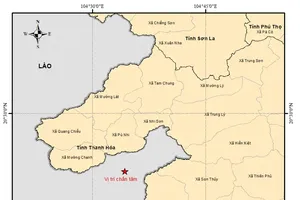


)

